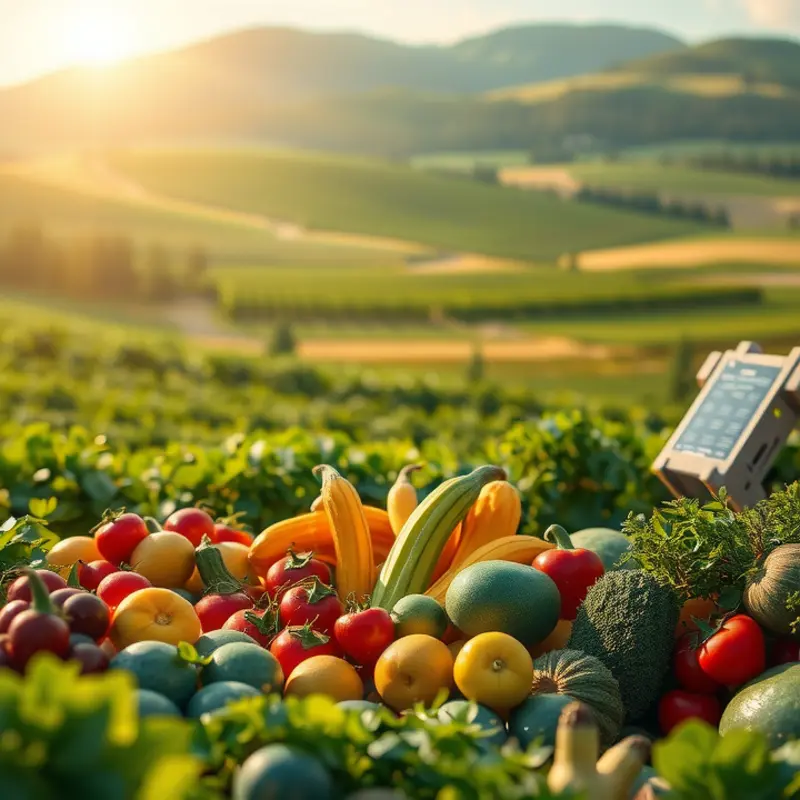Dough handling is an essential skill for any home cook, from beginners to seasoned chefs. Understanding the basics of dough preparation and manipulation can enhance your baking success and bring creativity to your kitchen. Whether preparing pizza, bread, or pastry, mastering the art of dough can transform your culinary experience. This guide offers practical tips to streamline your dough handling process, making it approachable and enjoyable.
Getting Started: Essential Tools and Ingredients

Mastering quick dough handling starts with having the right tools and ingredients at your disposal. Each tool in the kitchen and every ingredient in your pantry plays a crucial role in your dough-making journey. Let’s explore the essentials that will elevate your dough preparation process.
Essential Tools
First, consider the tools that will facilitate dough handling. A sturdy mixing bowl is indispensable for combining ingredients. Opt for a bowl that is both durable and large enough to accommodate the expansion of dough.
A set of measuring cups and spoons ensures precision in ingredient ratios, vital for achieving the desired texture in your dough. For example, too much flour can make your dough stiff, while insufficient water can leave it crumbly.
The role of a kitchen scale cannot be overstated. Measuring by weight rather than volume provides accuracy, crucial for consistency in recipes, especially when dealing with various types of flour.
A reliable dough scraper is another versatile tool, perfect for dividing dough and cleaning surfaces. Scrapers help in maintaining a clean workspace, which is essential for efficient dough handling.
Finally, consider a rolling pin. Whether it’s for shaping bread or flattening pastry dough, a good rolling pin gives you control over dough thickness, crucial for even baking.
Essential Ingredients
Understanding your ingredients is vital for dough success. Flour serves as the foundation; bread flour typically offers more gluten, which benefits bread-making by providing elasticity and structure. All-purpose flour offers versatility but may not provide the same chewy texture when a firmer crumb is desired.
Water or milk acts as the binding agent. The liquid you choose can significantly affect the dough’s flavor and tenderness. Water is neutral, while milk adds richness and a softer crumb.
Yeast, whether instant or active dry, is the driving force for leavening in breads. It feeds on sugars, producing carbon dioxide, which causes dough to rise. Using non-dairy probiotics can offer beneficial fermentation effects to certain dough types, contributing to flavor and texture dynamics.
Sugar enhances yeast activity and contributes to browning and flavor depth. However, balance is key, as too much sugar can inhibit yeast effectiveness.
Salt strengthens dough structure by tightening gluten strands and enhances flavor. Be mindful, as it can also slow yeast activity if used excessively.
Fats, such as butter or oil, add tenderness and richness to the dough. They coat flour particles, inhibiting gluten formation, beneficial for pastries and softer breads.
With your tools and ingredients ready, you lay the foundation for success in dough handling. Understanding how each element impacts your process sets you on the path to achieving perfect dough every time. Check out more on global pastry traditions to see how these basics apply around the world.
Techniques for Perfect Dough Every Time

Mastering the art of dough handling transforms any ambitious cook into a confident baker. Whether it’s bread, pastry, or pizza, understanding the techniques of mixing, kneading, and resting is essential for achieving that perfect consistency.
Professionals often emphasize the importance of mixing to start your dough on the right track. The goal is to combine ingredients evenly without overmixing, which can lead to tough textures. For bread, the mixing process might last for about 4-6 minutes using a stand mixer on a low to medium speed. Pastries typically require more gentle mixing, done by hand or at a slow machine speed to preserve flakiness.
Kneading, a critical step particularly for bread and certain pizzas, manipulates the dough to develop gluten. Gluten forms the structure necessary for a good rise and chewy texture. Experienced bakers use a variety of techniques, including the classic press-fold-turn method or the slap-and-fold method for wetter doughs. Kneading should be completed when the dough is smooth and elastic—this takes about 10 minutes by hand or slightly less with a mixer.
The resting phase allows the dough to relax and the gluten to strengthen, crucial for any recipe. Resting or proofing times can vary significantly based on the dough type and ambient temperature. Bread dough requires a longer rest, usually two hours at room temperature, or overnight in the fridge for added depth of flavor. For pastries, cold rest periods are vital, limiting gluten development and maintaining layers.
Temperature plays a crucial role in these processes. Ideal temperatures vary: room temperature is generally safe, but certain doughs perform better under cool conditions. Maintaining appropriate dough temperature is especially important when handling laminated doughs, where butter layer integrity is critical.
Using intuitive sensory checks, like the windowpane test, can guide your process. Stretch a small piece of dough gently between your fingers—if it forms a thin, almost transparent membrane without breaking, gluten development is just right.
These techniques are adaptable; adjusting variables such as mixing speeds, kneading duration, and rest periods will optimize your dough for your specific needs and kitchen conditions. Understanding these factors empowers you to tweak recipes and achieve optimal results, regardless of the intended final product.
For additional resources on culinary techniques, explore these meal planning and prep ideas, which can further enhance your journey into mastering quick dough handling.
Final words
Mastering quick dough handling can greatly enhance your baking skills, making the process more enjoyable and efficient. By investing in the right tools and understanding fundamental techniques, you’ll set yourself up for success in your kitchen endeavors. Remember, practice makes perfect! Don’t hesitate to experiment and adjust recipes to suit your taste. As you become more comfortable with dough handling, you’ll soon find yourself crafting delicious baked goods with confidence and creativity. So roll up your sleeves and get started on your dough journey!







